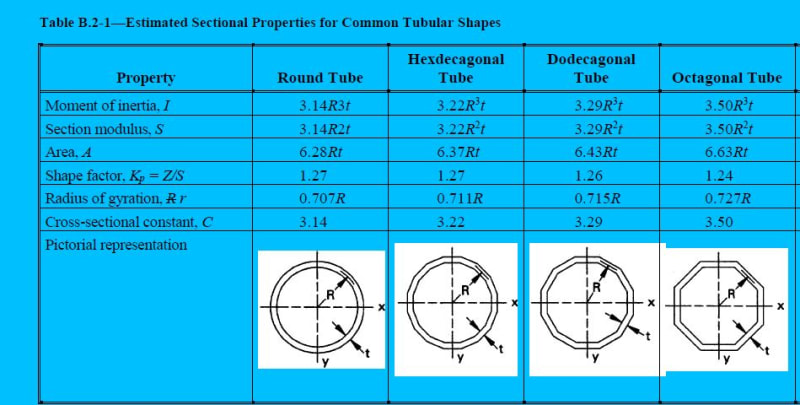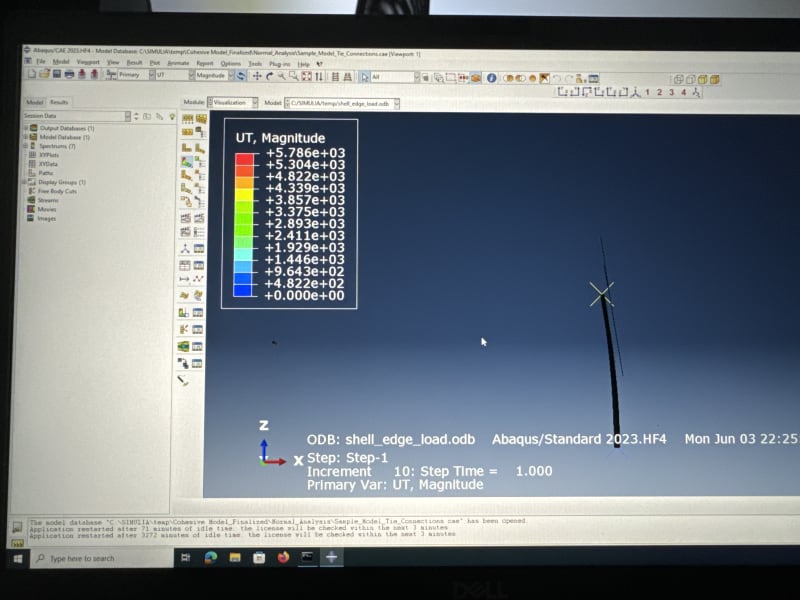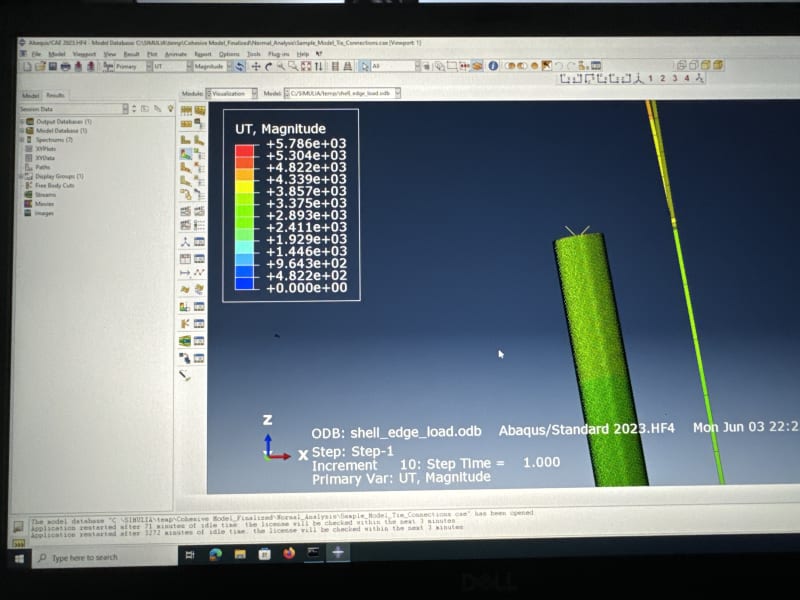Kanwarosama
Student
HI,
I am doing a project where i need to provide to do the structural anlysis of a wind turbine tower. For this purpose, I calculated the thrust force using the actuator disk theory. The problem with this is it provides me a huge point load of 800 kN. and when i apply this load on the tower it creates a high deflection like 2 meters or so. In my opinion, the problem lies in the use of actuator disk and then applying a huge load as a point force.
Does anybody who has worked with wind turbine analysis provide me with a better idea about how should i apply/calculate the loads so i get reasonable deflection etc.
I am doing a project where i need to provide to do the structural anlysis of a wind turbine tower. For this purpose, I calculated the thrust force using the actuator disk theory. The problem with this is it provides me a huge point load of 800 kN. and when i apply this load on the tower it creates a high deflection like 2 meters or so. In my opinion, the problem lies in the use of actuator disk and then applying a huge load as a point force.
Does anybody who has worked with wind turbine analysis provide me with a better idea about how should i apply/calculate the loads so i get reasonable deflection etc.



